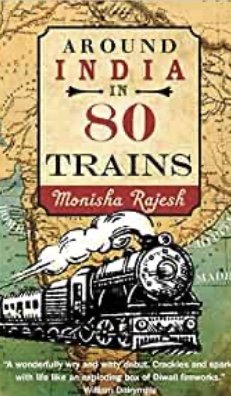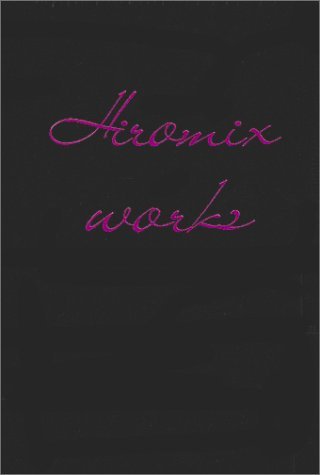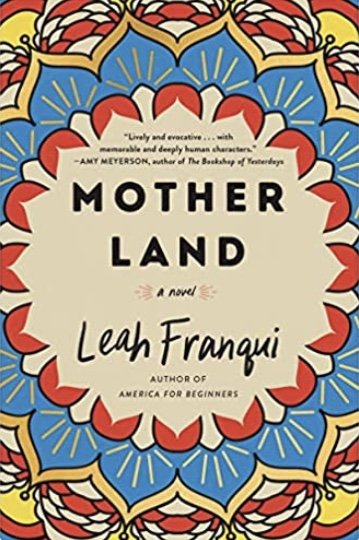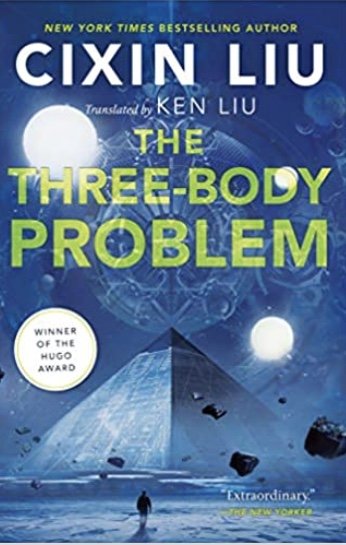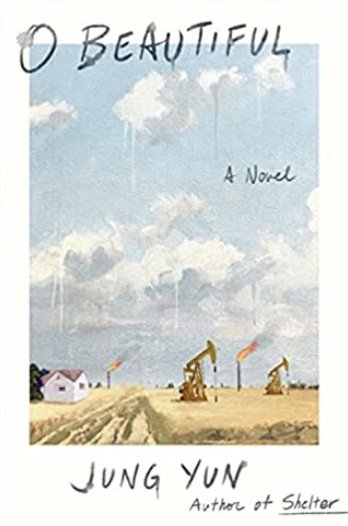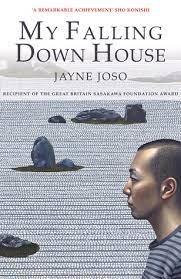Shopping by Gavin Kramer (Fourth Estate)
Gavin Kramer is a British writer who was born in London, graduated from Cambridge University. Shopping is his first novel. In 1998, it was the last book to win the David Higham Prize, a literary prize which was established in 1975 and named after a literary agent. The prize was awarded to citizens of the Commonwealth, the Republic of Ireland, Pakistan, or South Africa for a first novel or book of short stories. It was canceled in 1999 due to "the lack of publicity its winners received."
Kramer set his story in the heart of Japan. The metropolis that’s called Tokyo in the mid to late nineties. The bubble has already burst but there are still three types of foreigners you can find in the country or so we are told by the narrator of the story who isn’t even the main character. That falls on Alistair Meadowlark, a British lawyer in his thirties who has accepted a two-year assignment in Japan with his firm. The narrator is Meadowlark’s colleague in the same office.
Meadowlark’s colleague breaks down the category of young professional expatriates working in Tokyo. He does not include the other expats such as English conversation school teachers or students. He also discludes “the shaven-headed failures who fancied themselves to be Buddhists.” He also does not include the most-despised group of expats, “the slight dark-skinned men who worked on building sites and lived maybe a dozen to a room in the back streets of Shinjuku.”
Of the three categories of professional expatriates, Meadowlark’s colleague believes that Meadowlark belongs to the first group. The kind of person who is in the country not because they want to be but because their company sent them here. The type of person who constantly suffers from culture shock and longs to go home.
The second type are the graduates of the first. Although they still feel out of place, many of the white men in suits take solace in dating or hooking up with local girls who find foreigners fascinating. They can usually be found wandering the night clubs and bars in Roppongi.
Then there is the third, to which the narrator considers himself to be. The kind of expat who avoids places that most gaijin, the catch-all term for all foreigners, hang out. The kind of expat whom the narrator says, “We knew our tanzen from our yukata, Our Dazai from our Mishima, our udon from our soba.” So the narrator wasn’t surprised by Meadowlark’s assessment of living and working in Tokyo when he says, “There’s nothing to do here apart from work. Is there?”
But then we follow Meadowlark’s downward spiral as he meets Sachiko. A precocious sixteen-year old high school girl who’s very much into the latest fashions and brand names. Meadowlark becomes obsessed with her and boasts to the narrator that she is his girlfriend and he is more than happy to spend his hard-earned money on whatever she wants. He is in denial of the fact that is just another middle-aged man taking part in a social phenomena of the nineties called enjo-kosai which translates to “compensating dating”.
Kramer brings to life the excesses of living in Tokyo in the mid to late nineties as seen through the eyes of someone who has actually lived there. He focuses a lot on what was happening during that nineties - the “subsidized dating” problem with minors, the tamagotchi fad which was a hand-held digital pet. Although the city and its environs are well-described, his characters are not flushed out quite so well. They remain two-dimensional which makes it hard for the reader to care about any of them. Still, if you plan on living and working in Japan, this story could provide you with some insight as to what to expect. ~Ernie Hoyt

